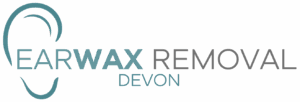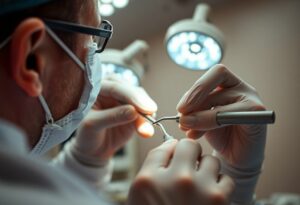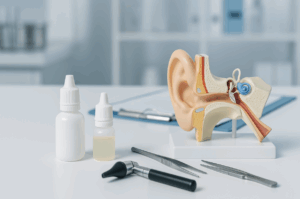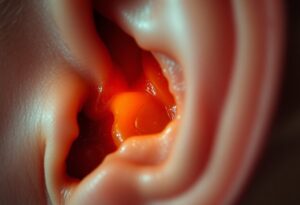Many people underestimate the impact of auricular hygiene on the lifespan of their hearing aids. By prioritizing ear care, you can significantly enhance the performance and durability of your devices. Neglecting this aspect can lead to a buildup of wax and debris that not only affects sound quality but also causes damage over time. In this post, you’ll discover practical tips for maintaining good auricular hygiene, ensuring your hearing aids function effectively for longer.
Key Takeaways:
- Auricular hygiene is imperative for maintaining the performance of hearing aids.
- Regular cleaning can prevent earwax buildup, improving sound quality and device longevity.
- Incorporating auricular care routines may reduce the need for repairs or replacements of hearing aids.
The Science of Ear Health: A Crucial Component for Hearing Aids
Anatomy of the Ear and Its Role in Hearing Aid Function
Your ear is a complex structure that includes the outer ear, middle ear, and inner ear, all working in harmony to transmit sound. The outer ear captures sound waves, directing them through the ear canal to the eardrum, which vibrates to move the middle ear bones. Hearing aids amplify sound, interfacing directly with this system. Understanding this intricate anatomy helps you appreciate how effectively your hearing aids can function when your ear health is optimized.
The Impact of Cerumen (Earwax) on Hearing Devices
Cerumen, or earwax, is a natural barrier, protecting your ear from dust and microorganisms. However, a buildup can obstruct sound and damage hearing aids. Your hearing devices may struggle to function correctly if they are clogged with wax. Regular cleaning and maintenance are necessary to prevent this issue, ensuring your hearing aids provide optimal performance.
Excessive cerumen can lead to decreased sound quality from your hearing aids by muffling sounds or causing feedback issues. Hearing aids often come with specific cleaning tools to manage wax buildup. For instance, some devices have wax guards or removable filters designed to keep the speakers free from blockage. Additionally, it’s advisable to have your ears checked regularly by a healthcare professional to monitor cerumen levels. Building a hygiene routine not only prolongs your hearing aid’s lifespan but also enhances your overall auditory experience.
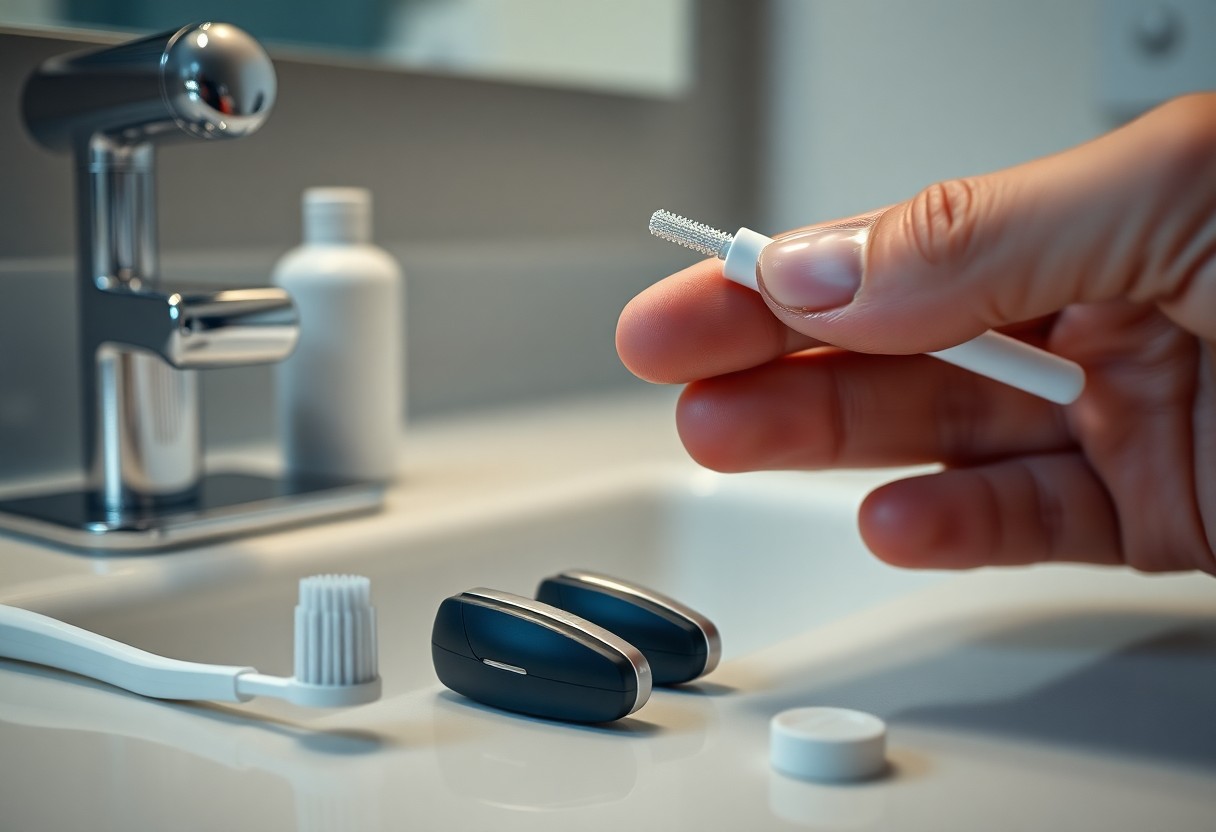
The Daily Grind: How Everyday Practices Can Compromise Your Hearing Aid
Common Habits That Harm Auricular Hygiene
Your daily routines often bring you into contact with behaviors that can inadvertently harm auricular hygiene. Inserting and removing your hearing aid improperly, neglecting to clean it regularly, or using unapproved cleaning solutions can lead to buildup and damage. Additionally, forgetting to remove your device in environments with excessive moisture or dust can accelerate wear and tear. Small adjustments in your routine can significantly extend the life of your hearing aids.
The Role of Environmental Factors in Ear Health
Environmental influences play a significant part in maintaining ear health and the longevity of hearing aids. Exposure to excessive moisture, dust, and extreme temperatures can undermine the reliability and performance of your device. Hot, humid conditions increase sweat production, while dry environments lead to earwax buildup, both of which can compromise the functionality of your hearing aid.
- Consistent exposure to pollutants can irritate the ear canal.
- Humidity can accelerate moisture buildup in your hearing aid.
- Temperature fluctuations can affect battery life.
Understanding these factors enables you to adapt your practices and environment to benefit your hearing aids. For example, using a dehumidifier at home can decrease moisture levels, while wearing a protective cover outdoors can shield your device from dust and debris.
- Regularly checking the weather can prepare you for environmental shifts.
- Ensuring your work and home spaces are clean can improve ear health.
- Avoiding exposure to swimming pools or hot tubs without proper protection is advisable.
The Economic Case for Regular Auricular Care
Cost of Hearing Aid Repairs vs. Maintenance
The expense of hearing aid repairs can quickly add up, often ranging from $100 to $400 per incident, depending on the severity of the damage. Regular maintenance, including cleaning and proper storage, costs much less in comparison and significantly reduces the likelihood of mechanical failures. Instead of dealing with frequent repairs and replacements, investing in consistent auricular care can extend the lifespan of your hearing aids and ultimately save you money.
Long-Term Savings Through Preventive Hygiene Practices
Adopting preventive hygiene practices not only enhances your hearing experience but also leads to substantial long-term savings. Simple routines, such as daily cleaning and safe handling, help avoid costly repairs and replacements. Users who maintain their devices often report fewer service disruptions, which translates to fewer expenses incurred over time. In fact, regular auricular care may cut overall costs by up to 30%, underscoring the importance of hygiene in prolonging the life of your hearing aids.
Long-term benefits from preventive hygiene practices manifest through consistently lower costs associated with hearing aid upkeep. Individuals who prioritize their ear health typically enjoy better performance from their devices, reducing the need for repairs. For instance, by routinely using a specialized cleaning kit and ensuring the proper fit, you minimize wear and tear. Users who implement these habits find they require fewer visits to their audiologist, enjoying uninterrupted hearing at a fraction of the cost of ignoring maintenance, leading to remarkable annual savings on hearing aid management.
Auricular Cleaning and Maintenance: Strategies for Success
Essential Tools and Techniques for Ear Cleaning
Equipping yourself with the right tools is vital for effective ear cleaning. You will need soft ear cleaning drops or saline solutions, silicone or rubber ear tips for gentle cleaning, a soft cloth to wipe down your hearing aids, and a small brush specifically designed for cleaning electronic devices. Regularly maintaining these tools ensures that your ear hygiene practices remain safe and effective.
Recommended Cleaning Routines for Different Types of Hearing Aids
Your hearing aids require specific cleaning routines based on their type. For behind-the-ear models, focus on wiping down the exterior with a damp cloth, while in-the-ear aids benefit from regular use of a brush to remove wax buildup. Daily checks before and after use can make a significant difference in their longevity. Adjust your approach accordingly to ensure optimal performance.
| Hearing Aid Type | Recommended Cleaning Routine |
|---|---|
| Behind-the-ear | Wipe external surfaces daily |
| In-the-ear | Brush for wax buildup each day |
| Receiver-in-canal | Check receiver for moisture weekly |
| Bone-anchored | Clean skin contact area regularly |
| Cochlear implants | Follow manufacturer’s guidelines closely |
- Thou should schedule regular maintenance checks with your audiologist.
Daily cleaning routines vary based on your hearing aids. For behind-the-ear models, routinely inspect the tubing and replace it if it shows any sign of wear. In-the-ear devices may require more frequent checks for earwax to prevent blockage. Always prioritize moisture control, especially if you live in humid environments. Consider creating a weekly cleaning regimen to integrate the necessary tasks into your routine.
- Thou might enhance longevity through proper care and storage.
| Cleaning Task | Frequency |
|---|---|
| Wipe down exterior | Daily |
| Brush for earwax | Every other day |
| Inspect for moisture | Weekly |
| Replace wax guards | Monthly |
| Full professional cleaning | Every 6 months |
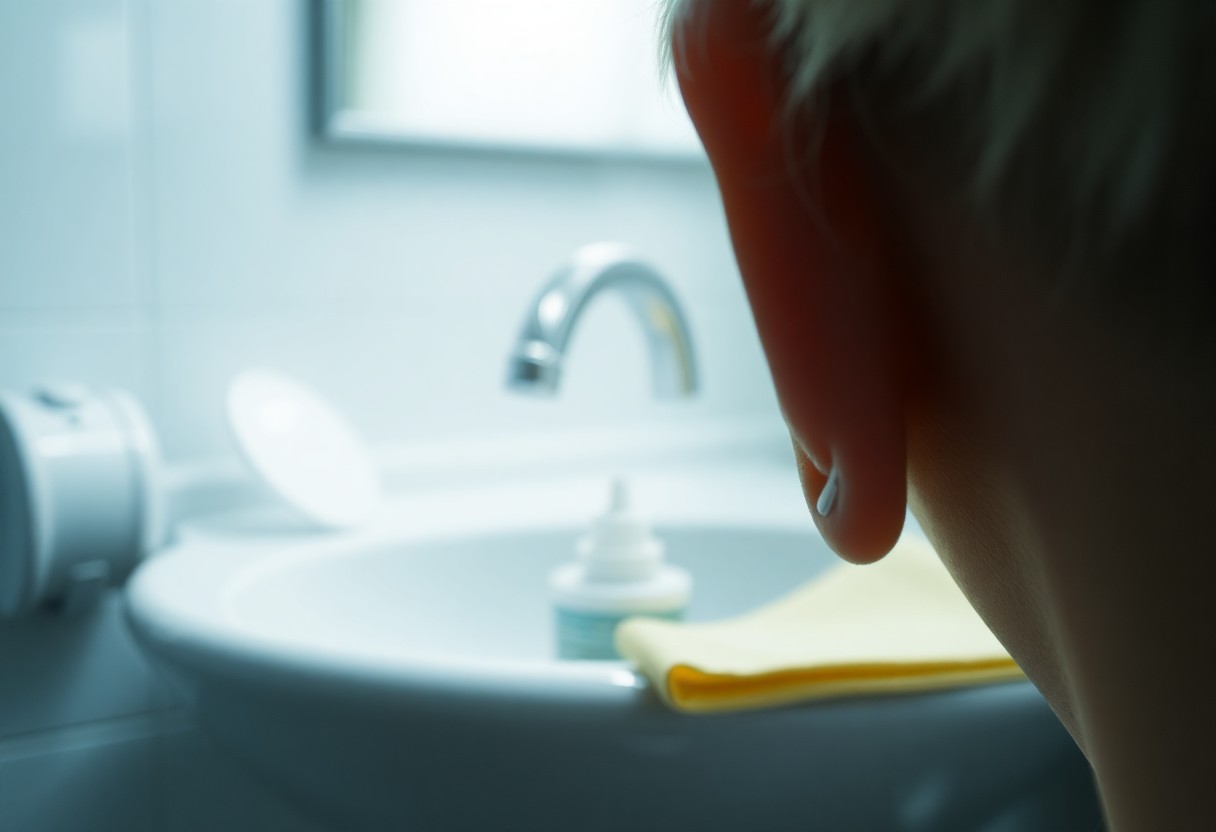
Myths and Misconceptions: Debunking Auricular Hygiene Misunderstandings
Common Myths About Earwax and Hearing Aids
Many believe that earwax is entirely detrimental to hearing aids, leading them to avoid cleaning their ears. In reality, earwax plays a protective role, trapping dirt and debris. However, excessive buildup can pose issues, potentially damaging your hearing aid or degrading sound quality. Striking a balance between maintaining your ear health and ensuring the functionality of your hearing aid is necessary.
The Truth About DIY Ear Cleaning Remedies
DIY ear cleaning remedies often circulate among individuals seeking quick fixes, but many can lead to complications. Common practices, such as using cotton swabs, can push wax deeper into the ear canal, causing blockages. Instead, opt for gentle methods or seek professional advice, which ensures effective removal without risking ear injury.
Specific DIY methods may include oil drops or hydrogen peroxide, touted for their cleaning properties. While these can be effective for some, they might not be suitable for everyone, particularly if you have existing ear conditions. Using improper techniques can also lead to irritation or infection, making professional intervention the safer route. Prioritize your ear health by consulting an audiologist or healthcare professional for tailored advice on cleaning methods that suit your unique needs.
Expert Insights: Hearing Healthcare Professionals Weigh In
What Audiologists Say About Auricular Hygiene
Audiologists emphasize that maintaining auricular hygiene significantly affects the performance and longevity of hearing aids. They often note that regular cleaning practices can prevent wax buildup and moisture, which are common culprits in device malfunction. Routine checks and guidance on proper cleaning techniques help you maximize your hearing aid investment while ensuring optimal function.
The Connection Between Auricular Health and Overall Hearing Wellness
Your ear health directly influences your overall auditory experience. Poor auricular hygiene can lead to ear infections or inflammation, which may deteriorate your hearing capacity over time. By prioritizing ear cleanliness, you not only enhance the lifespan of your hearing aids but also protect your auditory system from potential damage.
The Future of Hearing Aid Technology and Auricular Care
Innovations in Hearing Aid Design and Maintenance
Emerging technologies are transforming hearing aids, making them more user-friendly and efficient. Devices now feature smart sensors that detect earwax buildup, prompting you to clean them before performance is affected. Sustainable materials are being integrated into designs, reducing environmental impact while enhancing comfort. Enhanced connectivity options include seamless integration with mobile devices, allowing you to adjust settings remotely, which improves your overall experience.
How Advances in Ear Care Technology Could Change the Game
Technological strides in ear care can revolutionize how you maintain your hearing aids. The development of automated cleaning systems that effectively remove dirt and earwax will save you time and ensure optimal device performance. Future tools may utilize UV light or ultrasonic waves for disinfection, minimizing the risk of infections. These innovations promise not only to enhance the longevity of your hearing aids but also to improve ear health significantly.
The potential for automated ear care systems is profound; imagine a small device you place your hearing aids in that conducts a thorough cleaning cycle while you go about your day. Some prototypes already use sound waves to dislodge debris while others utilize tiny robotic arms to perform maintenance tasks. With these advancements, you can expect a future where your hearing aids remain in peak condition with minimal effort, ultimately enhancing your hearing experience significantly.
To wrap up
Taking this into account, you should prioritize auricular hygiene to extend the life of your hearing aids. Regular cleaning and maintenance not only enhance the performance of your devices but also prevent discomfort and infections. By incorporating simple hygiene practices into your routine, you can ensure that your hearing aids function optimally and serve you well over time. Your commitment to ear care directly influences the longevity and efficacy of your hearing aids.
FAQ
Q: What is auricular hygiene?
A: Auricular hygiene refers to the cleaning and care practices pertaining to the ears, particularly the outer ear and ear canal. This includes regular cleaning to remove wax and debris that can affect hearing aids and ear health.
Q: How does auricular hygiene affect hearing aid lifespan?
A: Proper auricular hygiene prevents the buildup of wax and moisture, which can lead to malfunctions or damage to hearing aids. Keeping the ears clean can enhance the performance and longevity of the devices.
Q: What are the recommended practices for maintaining auricular hygiene?
A: Recommended practices include gently cleaning the outer ear with a soft cloth, using a damp cotton swab carefully in the ear canal, and avoiding the use of devices that can push wax further into the ear. Regular checkups with a healthcare professional are also advised.
Q: Can neglecting auricular hygiene lead to health issues?
A: Yes, neglecting auricular hygiene can result in ear infections, hearing impairment, and discomfort, which may affect the function of hearing aids and overall ear health.
Q: Is there a difference in auricular hygiene practices for hearing aid users?
A: Yes, hearing aid users should pay extra attention to auricular hygiene by ensuring their devices are cleaned regularly, keeping their ears dry, and consulting with audiologists for specific care instructions to optimize the performance of their hearing aids.
